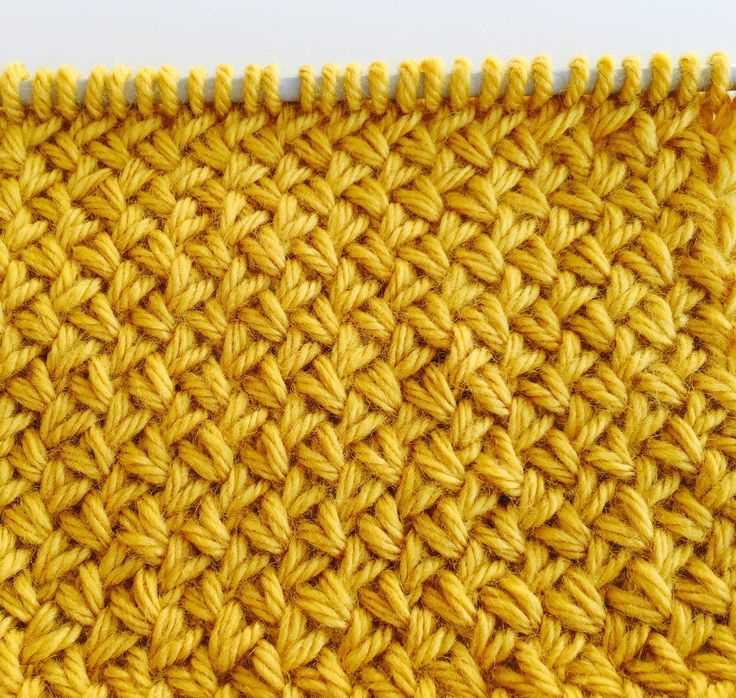
Woven knitting is a technique that creates beautiful and intricate patterns in knitted fabrics. It involves crossing individual stitches over one another to create a woven effect, similar to that of a basket or a checkerboard. This technique can be used to add texture and dimension to your knitting projects, and it is often used to create stunning patterns on scarves, blankets, and sweaters.
The woven knitting pattern can be achieved by using a combination of knit and purl stitches. This creates a pattern that looks like strands of yarn are interlacing with one another. The result is a fabric that is not only visually interesting but also has a lovely, textured feel.
One of the advantages of using a woven knitting pattern is that it is relatively simple to learn. While it may look complicated, it is actually just a matter of following a specific sequence of stitches. This makes it a great project for both beginner and experienced knitters.>
Woven knitting patterns can be found in a variety of designs, from simple geometric shapes to intricate Celtic knots. There are also endless color combinations to choose from, making each project unique. Whether you’re looking to create a cozy scarf or a statement piece, the woven knitting pattern is sure to add a touch of elegance to your knitting.
Woven Knitting Pattern
If you’re a fan of knitting and looking for a new challenge, the woven knitting pattern is a perfect choice for you. This intricate technique creates a textured and visually appealing fabric that will surely impress anyone who sees it.
In woven knitting, multiple colors of yarn are used to create a woven-like effect. The pattern involves crossing the strands of different colors over each other on specific rows, creating a beautiful interlocking pattern. This technique can be used to make a variety of items such as scarves, blankets, and even garments.
To get started with the woven knitting pattern, you’ll need:
- Multiple colors of yarn
- Knitting needles of an appropriate size for your chosen yarn
- Basic knitting skills
Once you have the necessary materials, you can begin your woven knitting project by selecting a pattern and colors that you like. There are many free patterns available online, or you can create your own unique design.
Here are some tips to keep in mind while working on a woven knitting pattern:
- Pay attention to the color changes and strand crossings; this will ensure that the woven effect is prominent in your finished piece.
- Use a tapestry needle to weave in any loose ends of yarn as you work to maintain a neat and tidy appearance.
- Experiment with different color combinations to create unique and eye-catching designs.
With practice and patience, you’ll become skilled at the woven knitting pattern and be able to create stunning pieces that showcase your talent and creativity. So, grab your knitting needles and get ready to embark on an exciting woven knitting journey!
Overview
Woven knitting patterns are a popular choice among knitters who are looking to create unique and intricate designs in their projects. Unlike traditional knitting patterns, woven knitting patterns involve creating a fabric with a woven appearance, often resembling a basket weave or a herringbone pattern. This technique adds texture and visual interest to the finished piece, making it stand out from more basic knitted items.
One of the key features of woven knitting patterns is the use of slipped stitches. These stitches are worked differently compared to regular knitting stitches, where the yarn is typically looped around the needle to create a new stitch. In woven knitting, the yarn is simply moved across the stitches without creating any new ones. This technique creates long floats of yarn on the wrong side of the fabric, which are then brought forward or backward to create the woven effect.
There are various types of woven knitting patterns, each with its own unique characteristics. For example, the herringbone pattern creates a diagonal design that resembles the bone structure of a herring. This pattern is often used to create scarves, hats, and other accessories. Another popular woven pattern is the basket weave, which creates a checkerboard-like design. This pattern is commonly used for blankets, cushions, and other home furnishings.
When working with woven knitting patterns, it’s important to pay attention to tension and gauge. Since the slipped stitches can create long floats of yarn, it’s important to ensure that the tension is not too loose, as this can result in the floats being too visible on the right side of the fabric. Additionally, a correct gauge is crucial for achieving the desired size and shape of the finished piece.
In conclusion, woven knitting patterns offer a unique and visually appealing way to incorporate texture into knitted projects. By using slipped stitches and careful tension control, knitters can create intricate designs that stand out from the crowd. Whether it’s a herringbone scarf or a basket weave blanket, woven knitting patterns are sure to add a touch of elegance and sophistication to any project.
Types of Woven Knitting Patterns
Woven knitting patterns are a popular technique used in various knitting projects to create intricate designs and textures. These patterns involve weaving yarns in specific ways to form unique patterns. Here are some common types of woven knitting patterns:
1. Basketweave Stitch
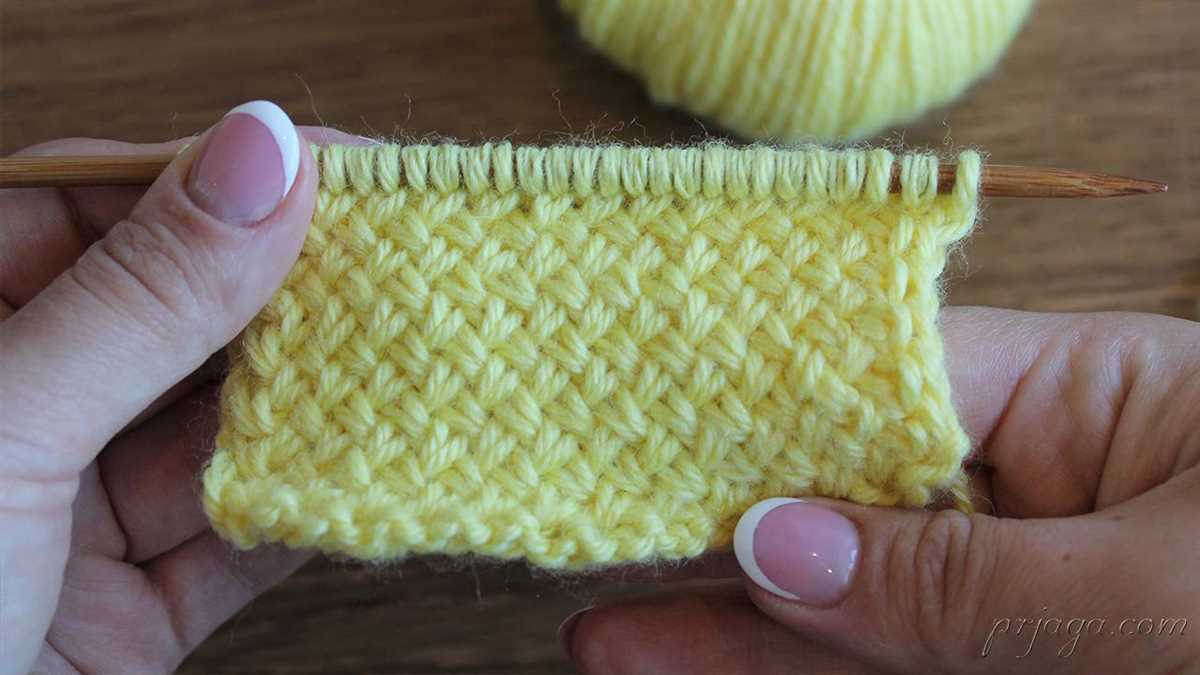
The basketweave stitch is a classic woven knitting pattern that resembles a woven basket. It features a combination of knit and purl stitches arranged in a specific pattern to create the woven effect. This pattern is often used for creating textured blankets, scarves, and bags.
2. Herringbone Stitch
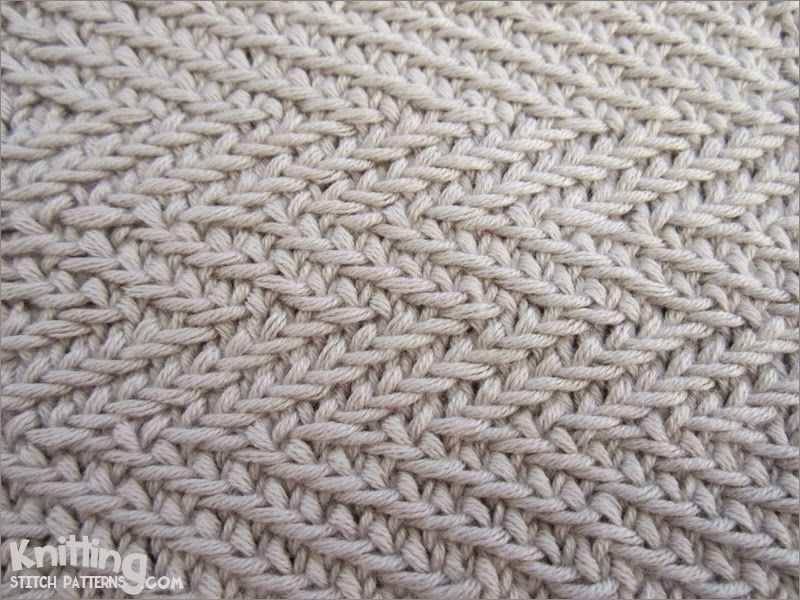
The herringbone stitch is another beautiful woven knitting pattern that resembles the pattern found in herringbone fabric. It involves a combination of slipped stitches and decreases to create a diagonal pattern that resembles the bones of a fish. This pattern is often used to create textured garments and accessories.
3. Fair Isle Knitting
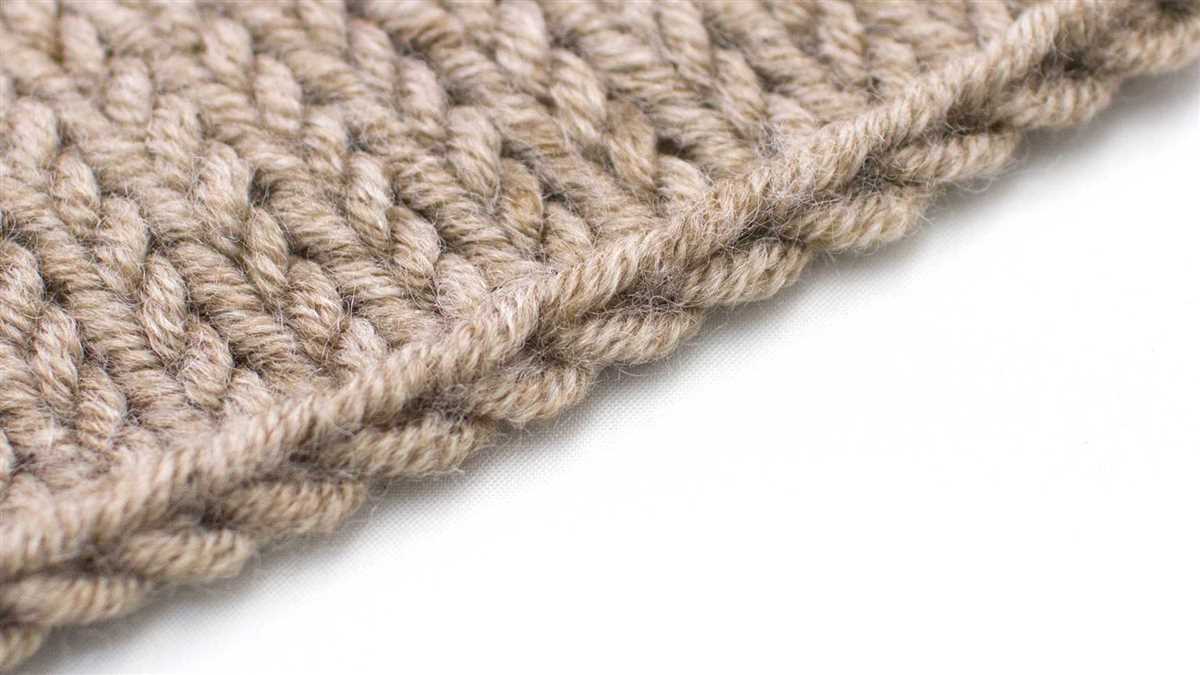
Fair Isle knitting is a traditional technique that involves using multiple colors of yarn to create intricate patterns. This technique typically involves carrying the unused yarn behind the work and knitting with the active color to create a woven appearance. Fair Isle patterns often feature motifs inspired by traditional Scottish designs.
4. Intarsia Knitting
Intarsia knitting is a technique used to create large, distinct patterns or images on knitted fabric. It involves using different colors of yarn and creating separate yarn bobbins for each section of color. The yarns are woven in and out of each other to create the desired pattern, similar to creating a tapestry.
5. Waffle Stitch
The waffle stitch is a textured woven knitting pattern that creates a raised, honeycomb-like pattern on the fabric. It involves alternating between knitting and purling in specific sequences to create the raised sections. This pattern is often used for creating cozy, textured blankets and accessories.
These are just a few examples of the many woven knitting patterns available. Whether you’re a beginner or an experienced knitter, experimenting with different woven knitting patterns can add a beautiful and unique touch to your projects.
How to Choose Yarn for Woven Knitting
When it comes to woven knitting, choosing the right yarn is crucial for achieving the desired results. The yarn you select will determine the texture, drape, and overall appearance of your woven project. Here are some factors to consider when choosing yarn for woven knitting:
Fiber Content
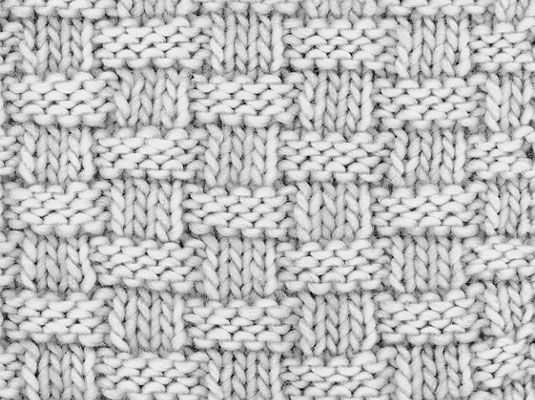
The fiber content of the yarn will greatly affect the characteristics of the finished woven fabric. Different fibers have different properties, such as warmth, breathability, and durability. Some common yarn fibers for woven knitting include wool, cotton, silk, and acrylic. Each fiber has its own unique qualities, so it’s important to consider how you want your finished project to look and feel before selecting a yarn.
Weight
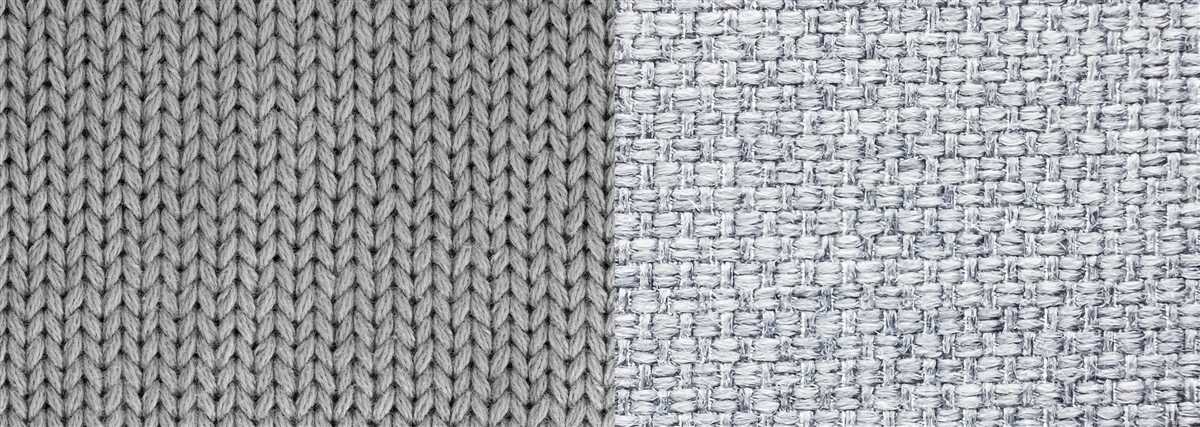
The weight of the yarn is another important factor to consider. The weight refers to the thickness or diameter of the yarn, and it can range from lace weight (very thin) to super bulky (very thick). The weight of the yarn will affect the gauge and the overall feel of the woven fabric. For example, a thicker yarn will create a denser and warmer fabric, while a thinner yarn will result in a more delicate and lightweight fabric. Consider the intended use of your woven project when choosing the weight of the yarn.
Color and Texture
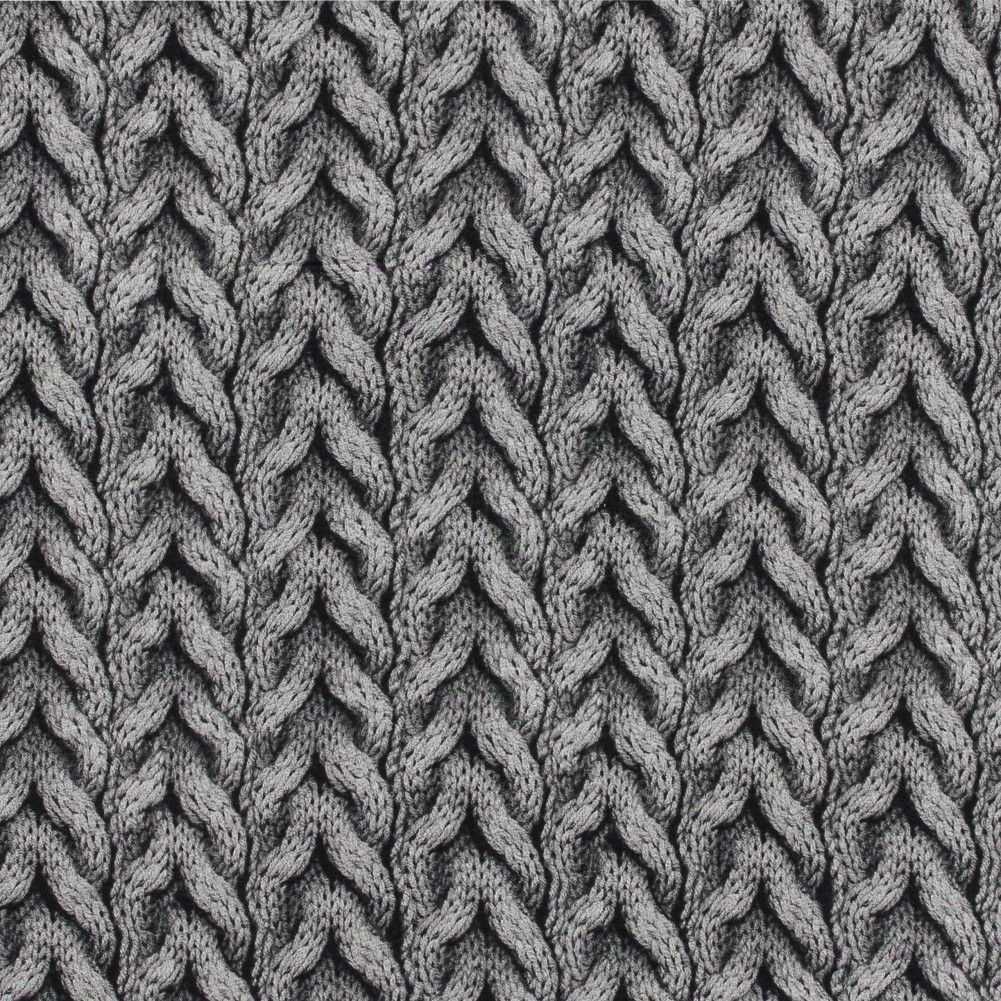
The color and texture of the yarn can greatly enhance the visual appeal of your woven project. When selecting yarn, consider the colors and patterns you plan to incorporate into your design. Some yarns come in solid colors, while others have variegated or self-striping effects. Additionally, the texture of the yarn can add interest and dimension to your woven fabric. You can choose from smooth and shiny yarns to nubby and textured ones, depending on the desired look and feel of your project.
Budget
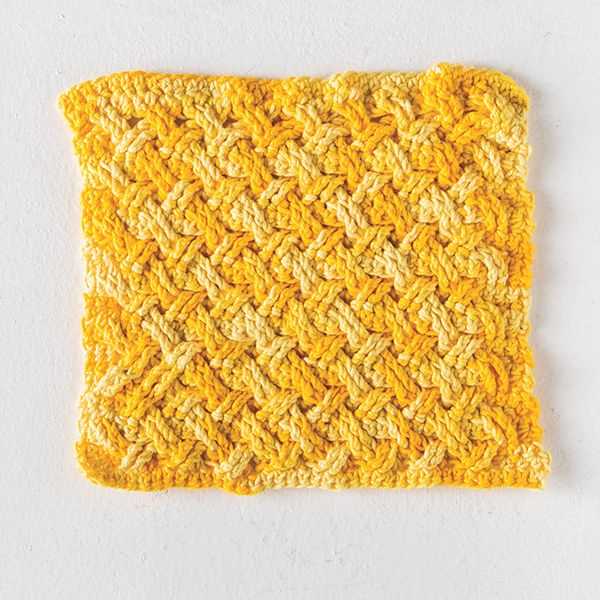
Lastly, consider your budget when choosing yarn for woven knitting. Yarns can vary greatly in price, depending on the fiber content, brand, and quality. It’s important to find a balance between the quality of the yarn and your budgetary constraints. If you’re working on a tight budget, you can consider using acrylic or blend yarns, which tend to be more affordable compared to natural fibers. However, if you’re looking for a luxurious and high-quality finish, investing in a higher-end yarn may be worth it.
Overall, selecting the right yarn for woven knitting involves considering the fiber content, weight, color and texture, as well as your budget. By taking these factors into account, you can ensure that your finished woven project will turn out beautifully and meet your expectations.
Tools and Materials for Woven Knitting
In order to engage in woven knitting, there are a few essential tools and materials that you will need. These include:
Knitting Needles:
One of the key tools for woven knitting is a set of knitting needles. These come in various sizes, typically ranging from 2 mm to 10 mm in diameter. The size of the needles you choose will depend on the thickness of the yarn you plan to use, as well as the desired tension and gauge of your knitted fabric. It’s a good idea to have a variety of needle sizes on hand to accommodate different projects.
Yarn:
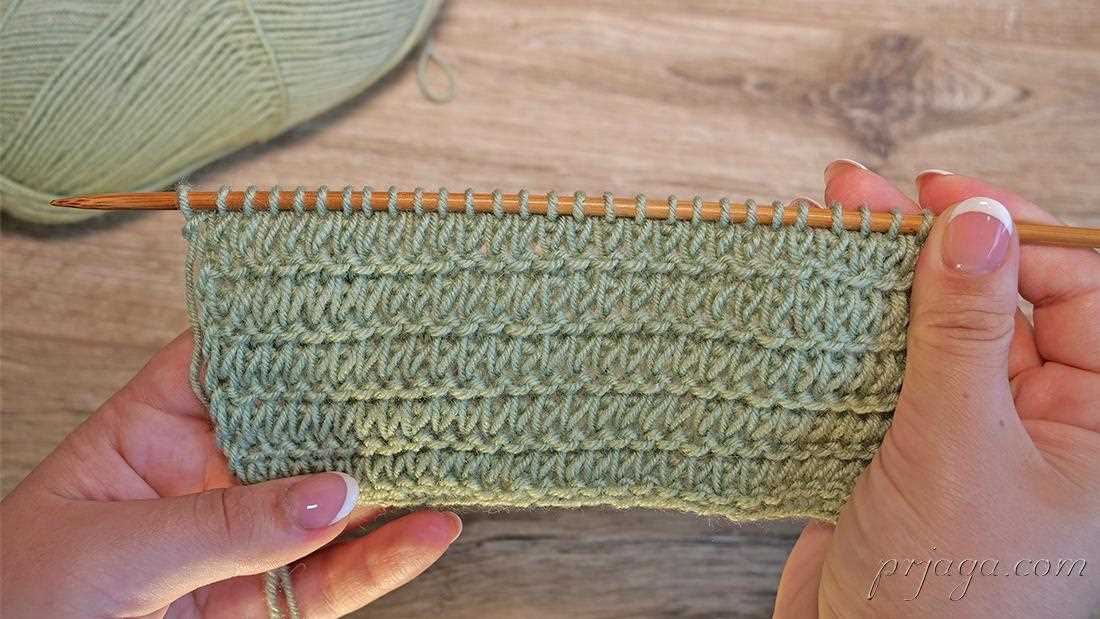
Yarn is the main material used in woven knitting. It comes in a wide variety of colors, textures, and weights. When choosing yarn, consider the fiber content and how it will affect the final appearance and feel of your project. Popular yarn fibers for woven knitting include wool, cotton, acrylic, and silk. The amount of yarn you will need depends on the size of your project, so it’s important to calculate the yardage required before starting.
Tapestry Needle:
A tapestry needle is a long, blunt needle with a large eye, commonly used in woven knitting for weaving in loose ends and sewing seams. It can also be used to add decorative elements to your knitting, such as embroidery or beading. Choose a tapestry needle with a sharp point and a large enough eye to accommodate the yarn you are using.
Stitch Markers:
Stitch markers are handy tools used to mark specific stitches or sections in your knitting. They come in various forms, including small plastic rings, locking markers, or even pieces of contrasting yarn. Stitch markers are particularly useful when working on complex patterns or when shaping your project.
Measuring Tape:
A measuring tape is an essential tool for checking your gauge and measuring the size of your project. It’s important to achieve the correct gauge in order to ensure that your finished item has the desired dimensions. Use the measuring tape to measure your knitting as you work to ensure it matches the pattern’s measurements.
- Knitting Needles
- Yarn
- Tapestry Needle
- Stitch Markers
- Measuring Tape
These tools and materials are the foundation for engaging in woven knitting. By having the appropriate tools on hand, you can ensure that your knitting projects turn out beautifully and that you have everything you need to create stunning woven designs.
Basic Woven Knitting Techniques
Woven knitting is a popular technique used in creating various patterns and designs in knitted garments. This technique involves creating a woven appearance by interlacing the yarns in a specific way. It adds texture and visual interest to the fabric, making it more unique and eye-catching.
1. Basketweave Stitch: One of the most common woven knitting techniques is the basketweave stitch. This stitch involves knitting blocks of stitches that alternate between knit and purl stitches. The result is a fabric that resembles a woven basket, hence the name. Basketweave stitch is often used in creating cozy and warm blankets, scarves, and sweaters.
2. Lattice Stitch: The lattice stitch is another popular woven knitting technique. It creates a fabric with a crisscross pattern, similar to a lattice fence. To create this stitch, you will need to knit a series of knit and purl stitches in a specific sequence. The lattice stitch is often used in creating summer tops, shawls, and lightweight accessories.
3. Herringbone Stitch: The herringbone stitch is a more advanced woven knitting technique that creates a fabric with a unique zigzag pattern. To achieve this stitch, you will need to create a series of decreases and increases, which results in a textured fabric with a herringbone-like appearance. The herringbone stitch is often used in creating stylish jackets, hats, and cardigans.
4. Twisted Stitch: The twisted stitch is a simple woven knitting technique that adds a twist to the fabric, creating a ribbed or textured effect. To create this stitch, you will need to twist the stitches by knitting through the back loop instead of the front loop. The twisted stitch is often used in creating socks, hats, and other accessories that require a tighter fabric.
Overall, woven knitting techniques offer endless possibilities for creating unique and stunning fabrics. Whether you’re a beginner or an experienced knitter, incorporating these techniques into your projects will add a touch of sophistication and creativity.
Creating Borders and Edges in Woven Knitting
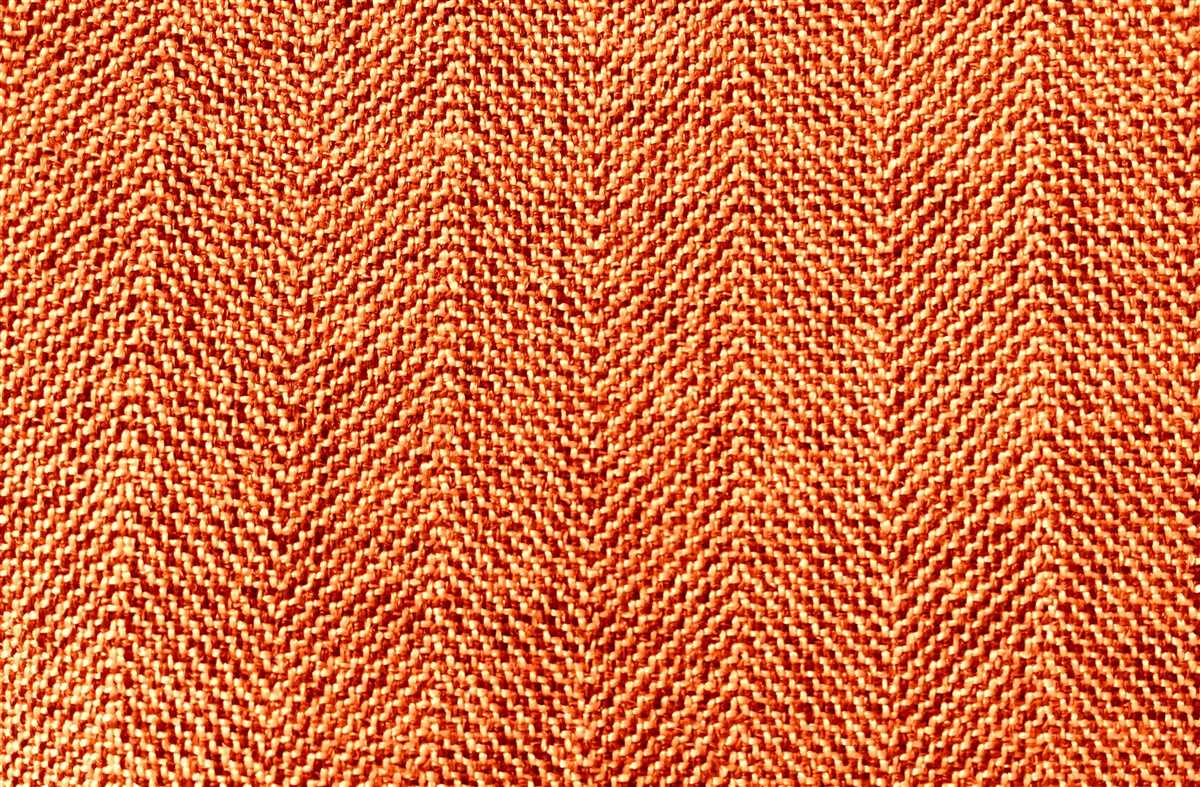
When it comes to woven knitting patterns, adding borders and edges can help to define the shape and enhance the overall look of your project. Borders and edges can be created in a variety of ways, depending on the desired effect and the complexity of the pattern. Whether you’re working on a scarf, a sweater, or a blanket, here are a few techniques for creating borders and edges in woven knitting.
1. Garter Stitch Border
A garter stitch border is one of the simplest and most classic ways to finish the edges of a woven knit project. To create a garter stitch border, simply knit every row for a specified number of stitches at the beginning and end of each row. This will create a flat, textured border that adds structure and stability to your garment while also preventing the edges from curling.
2. Ribbing
Ribbing is another popular choice for creating borders and edges in woven knitting. Ribbing is typically created by alternating knit and purl stitches in a specific pattern, such as 1×1 (knit 1, purl 1) or 2×2 (knit 2, purl 2). Ribbing adds stretch and elasticity to the edges of your project, making it ideal for cuffs, collars, and waistbands. It also creates a visually appealing texture that can complement the rest of your woven knitting pattern.
3. Lace Edging
If you’re looking to add a delicate and feminine touch to your woven knitting project, consider incorporating a lace edging. Lace edgings can be created using a variety of lace knitting stitches, such as yarn overs, decreases, and intricate motifs. The openwork created by lace knitting can add a beautiful decorative element to the edges of your project, perfect for shawls, scarves, and baby blankets.
4. I-cord
I-cord is a narrow, tubular knitted cord that can be used to create a clean and polished edge in woven knitting. To create an I-cord border, you will typically work a few stitches in continuous rounds or rows, using double-pointed needles or a circular needle. I-cord can be used for a variety of applications, such as finishing the edges of a cardigan, adding drawstrings to a bag, or creating decorative trims.
5. Applied Edges
For a more versatile and customizable approach, you can also create applied edges in woven knitting. Applied edges are created separately and then attached to the main piece of the project using a knitting or sewing technique. This allows you to experiment with different stitch patterns, colors, or textures, while also providing a cleaner finish and added durability to your borders and edges.
Whether you prefer a simple garter stitch border or a more intricate lace edging, adding borders and edges can elevate your woven knitting projects to the next level. By choosing the right technique and incorporating it thoughtfully into your design, you can create a polished and professional-looking finish that will make your knitting stand out.
Advanced Woven Knitting Techniques
Woven knitting is a versatile and intricate technique that adds depth and texture to knitted fabrics. While basic woven knitting patterns create beautiful results, advanced techniques take this craft to the next level. Here, we explore some of the advanced woven knitting techniques that can be mastered by experienced knitters.
1. Double Weave
Double weave is a technique that involves knitting two layers of fabric simultaneously, creating a reversible and thicker fabric. By using two separate colors of yarn, intricate patterns and designs can be achieved. To create double weave, knitters can either work with two separate yarns or use a technique called double knitting, where both layers are created using the same yarn but with different colors.
2. Colorwork and Intarsia
Advanced woven knitting techniques often involve incorporating multiple colors into a design. Colorwork techniques, such as fair isle and stranded knitting, create intricate patterns by working with multiple colors in a single row. On the other hand, intarsia technique allows knitters to create large color blocks and motifs by weaving in different colors of yarn as they go along.
3. Lace and Cables
Woven knitting can be elevated with the addition of lace and cable patterns. Lace knitting involves creating intricate and delicate openwork patterns, often using yarn overs and decreases, to create a delicate and lacy fabric. Cables, on the other hand, involve knitting stitches out of order to create a twisted and textured pattern that resembles cables.
These advanced woven knitting techniques not only create stunning finished pieces, but also provide endless opportunities for creativity and personalization. By mastering these techniques, knitters can take their skills to new heights and create unique and intricate pieces of art.
Common Mistakes in Woven Knitting and How to Fix Them
Woven knitting can be a challenging craft, even for experienced knitters. However, by being aware of common mistakes and knowing how to fix them, you can save time and frustration in your projects. Here are some of the most common mistakes in woven knitting and how to fix them:
1. Uneven tension: One of the most common mistakes in woven knitting is having uneven tension throughout your work. This can result in an uneven appearance and can make the final project look messy. To fix this, try adjusting your grip on the needles or using a different needle size to achieve a more consistent tension. It may also help to practice knitting with different yarn weights to get a better feel for the tension.
2. Dropped stitches: Dropped stitches can be frustrating, but they can be easily fixed. When you notice a dropped stitch, use a crochet hook or a spare knitting needle to pick up the stitch and bring it back onto the working needle. Make sure to go through the right loop of the stitch to avoid twisting it. Once the stitch is back on the needle, you can continue knitting as usual.
3. Incorrect stitch count: It’s not uncommon to end up with the wrong number of stitches in woven knitting, especially when working on more complex patterns. To fix this, carefully count your stitches and compare it to the pattern instructions. If you have too many or too few stitches, you may need to unravel your work to the mistake and re-knit it correctly. It’s important to pay attention to the pattern and keep track of your stitch count to avoid this mistake.
4. Uneven edges: Uneven edges can be a common issue in woven knitting, especially when you’re just starting out. To achieve neat and even edges, try using a selvage stitch or a slip stitch at the beginning and end of each row. This will help create a more finished look and prevent your edges from curling or looking sloppy.
5. Yarn overs: Yarn overs are intentional increases in woven knitting, but they can easily be mistaken for mistakes. If you notice accidental yarn overs in your work, you can fix them by simply knitting or purling the yarn over together with the stitch that follows it. This will eliminate the extra stitch and maintain the correct stitch count in your project.
In conclusion, woven knitting can be a rewarding craft, but it’s not without its challenges. By being aware of common mistakes and knowing how to fix them, you can overcome these obstacles and create beautiful knitted pieces. Remember to take your time, practice, and don’t be afraid to experiment and learn from your mistakes. Happy knitting!
Woven Knitting Patterns for Beginners
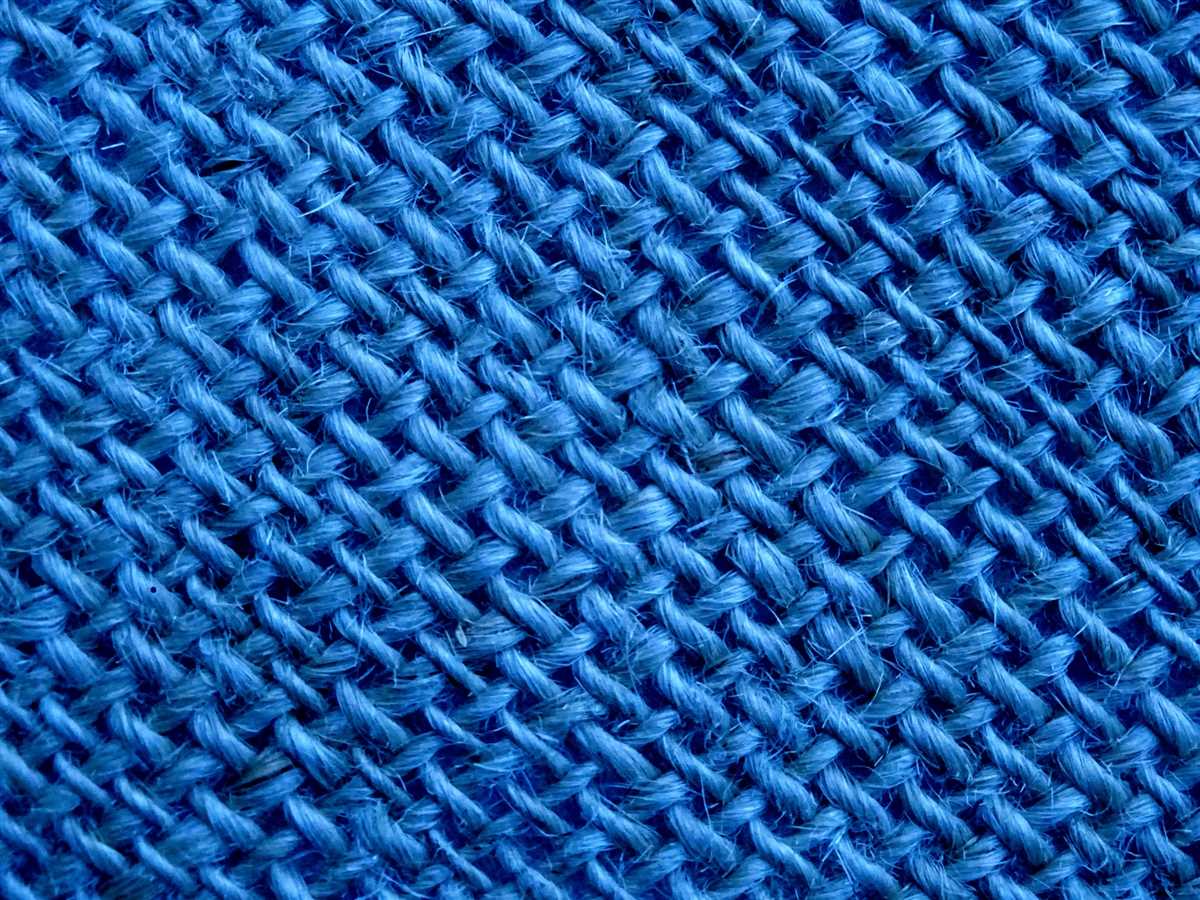
Woven knitting patterns are a beautiful and versatile way to add texture and interest to your knitting projects. While they may look complex, they can actually be quite simple to create, making them perfect for beginners who are looking to expand their skills.
One popular woven knitting pattern for beginners is the basketweave stitch. This pattern creates a textured fabric that resembles a woven basket. To create the basketweave stitch, simply alternate between knitting and purling sections of stitches. This creates a woven effect that is simple and visually appealing.
Another beginner-friendly woven knitting pattern is the herringbone stitch. This stitch creates a diagonal pattern that resembles the bones of a fish. To create the herringbone stitch, first work a row of knit stitches. Then, on the next row, slip the first stitch knitwise, knit the second stitch, and pass the slipped stitch over the knit stitch. Repeat this pattern across the row to create the herringbone effect.
In addition to these stitch patterns, there are also several different ways to create woven textures using colorwork techniques. One popular method is stranded knitting, also known as Fair Isle knitting. With stranded knitting, different colored yarns are carried along the back of the work, creating a woven appearance in the finished fabric.
Woven knitting patterns offer a range of possibilities for beginners to explore. By starting with simple stitch patterns and gradually increasing in complexity, beginners can create beautiful, textured fabrics that add depth and interest to their knitting projects.
Woven Knitting Tips and Tricks
When it comes to woven knitting, there are several tips and tricks that can help you achieve beautiful and intricate patterns. Whether you’re a beginner or an experienced knitter, these techniques can take your projects to the next level.
1. Choosing the Right Yarn
One of the most important factors in woven knitting is choosing the right yarn. Opt for a yarn that has good stitch definition and texture, as this will enhance the woven pattern. Consider using a yarn that has a bit of stretch, as it will make the weaving process easier.
2. Proper Tension
Tension is crucial in woven knitting. Make sure you maintain consistent tension throughout your project, as too tight or too loose stitches can distort the woven pattern. Practice maintaining even tension by pulling your yarn gently to achieve the desired result.
3. Use Stitch Markers
Using stitch markers can be incredibly helpful when working on woven knitting projects. Place stitch markers at the beginning and end of each repeat to keep track of your progress and prevent mistakes. This will make it easier to follow intricate patterns and ensure accuracy.
4. Blocking
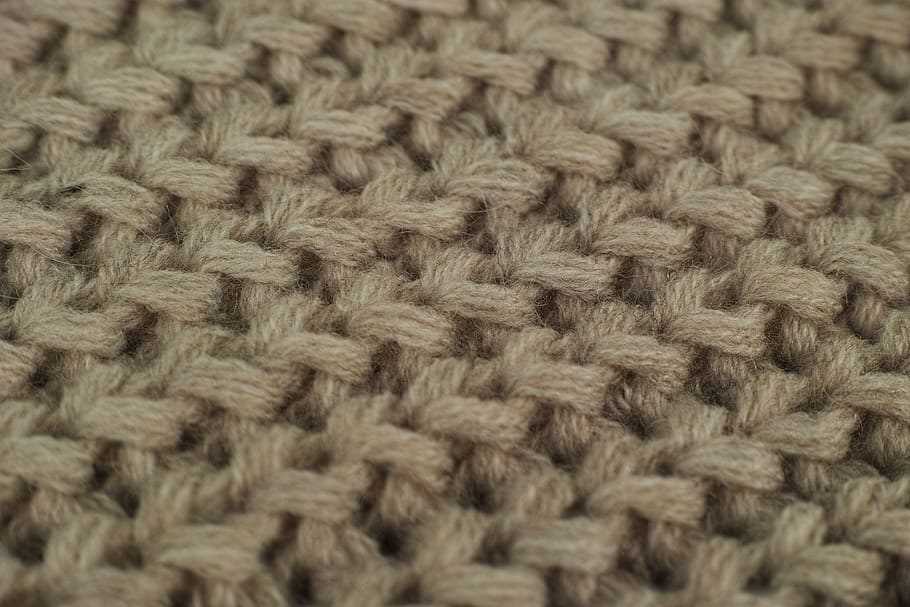
Blocking is an essential step in woven knitting. Once you have completed your project, block it to even out the stitches and enhance the woven pattern. Follow the blocking instructions for your specific yarn to ensure the best results.
5. Practice and Experiment
Like any knitting technique, woven knitting requires practice and experimentation. Don’t be afraid to try new patterns and techniques, and embrace any mistakes as learning opportunities. The more you practice, the more confident you will become in creating unique woven patterns.
- Remember to choose the right yarn: Find a yarn with good stitch definition and texture.
- Maintain proper tension: Consistent tension is key to achieving a beautiful woven pattern.
- Use stitch markers: Keep track of your progress and prevent mistakes with stitch markers.
- Block your project: Even out the stitches and enhance the woven pattern by blocking your finished piece.
- Practice and experiment: Don’t be afraid to try new patterns and techniques to improve your woven knitting skills.
Final Thoughts on Woven Knitting
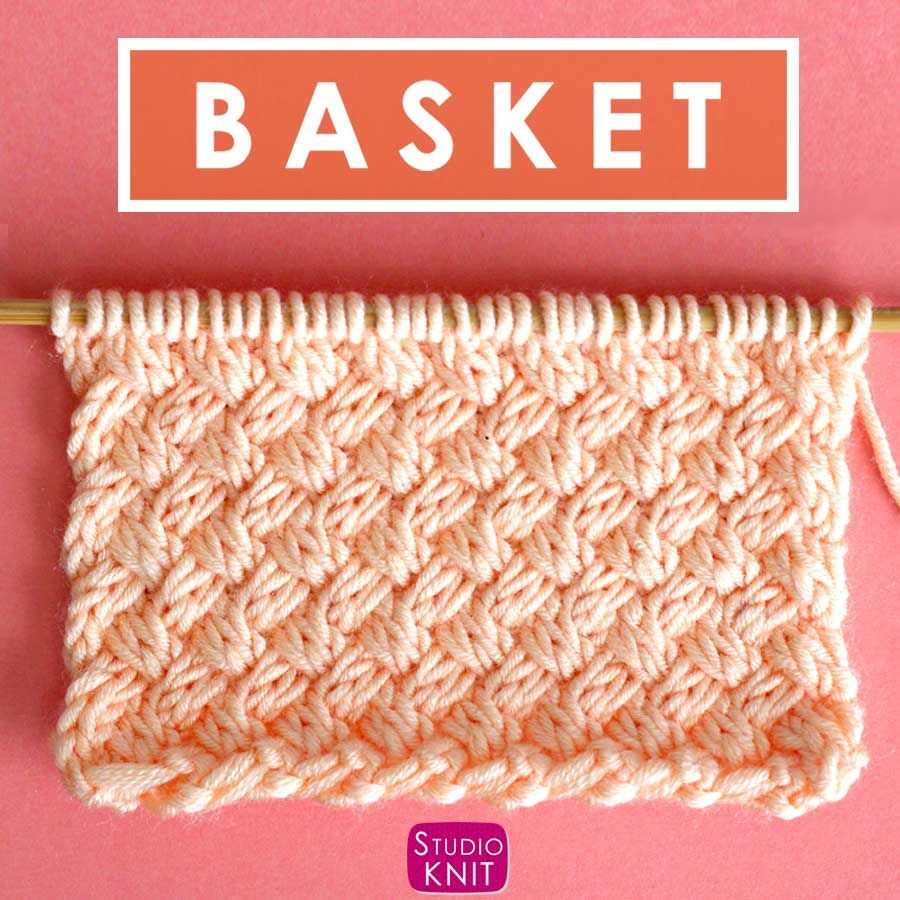
Woven knitting is a technique that offers endless possibilities for creating unique and intricate patterns in your knitting projects. It adds depth and texture to your creations, making them stand out from traditional knitting patterns. Whether you are a beginner or an experienced knitter, woven knitting can be a fun and challenging addition to your repertoire.
One of the key benefits of woven knitting is its versatility. You can apply woven knitting techniques to all sorts of projects, from garments like sweaters and scarves to decorative items like blankets and cushions. By experimenting with different yarns, colors, and stitch combinations, you can create one-of-a-kind pieces that reflect your personal style and creativity.
When it comes to incorporating woven knitting into your projects, it’s important to start with the basics and gradually build your skills. Begin with simple woven patterns, such as basketweave or honeycomb stitch, and then move on to more complex designs like herringbone or cable weave. Don’t be afraid to make mistakes and learn from them – that’s all part of the process!
To get started with woven knitting, you’ll need to familiarize yourself with the different types of stitches commonly used in this technique. From there, you can explore various pattern charts and instructions available online or in knitting books to guide you through the creation of intricate woven designs. Practice and patience are key as you refine your skills and gain confidence in tackling more challenging projects.
Remember to take breaks and enjoy the process of knitting. Woven knitting is a labor of love that requires time and concentration, but the end result is well worth the effort. Whether you’re knitting for yourself or gifting your creations to others, woven patterns will make your projects unique and special.
So, embrace the art of woven knitting and let your imagination soar. With its endless design possibilities and the satisfaction of creating something truly remarkable, it’s a technique that will keep you inspired and engaged in your knitting journey for years to come.